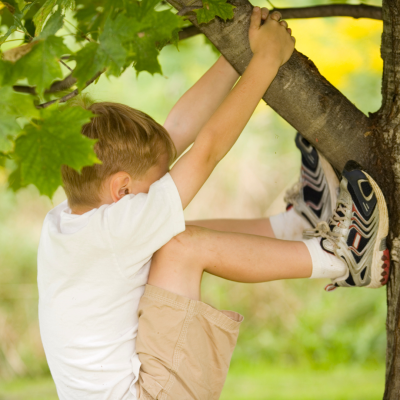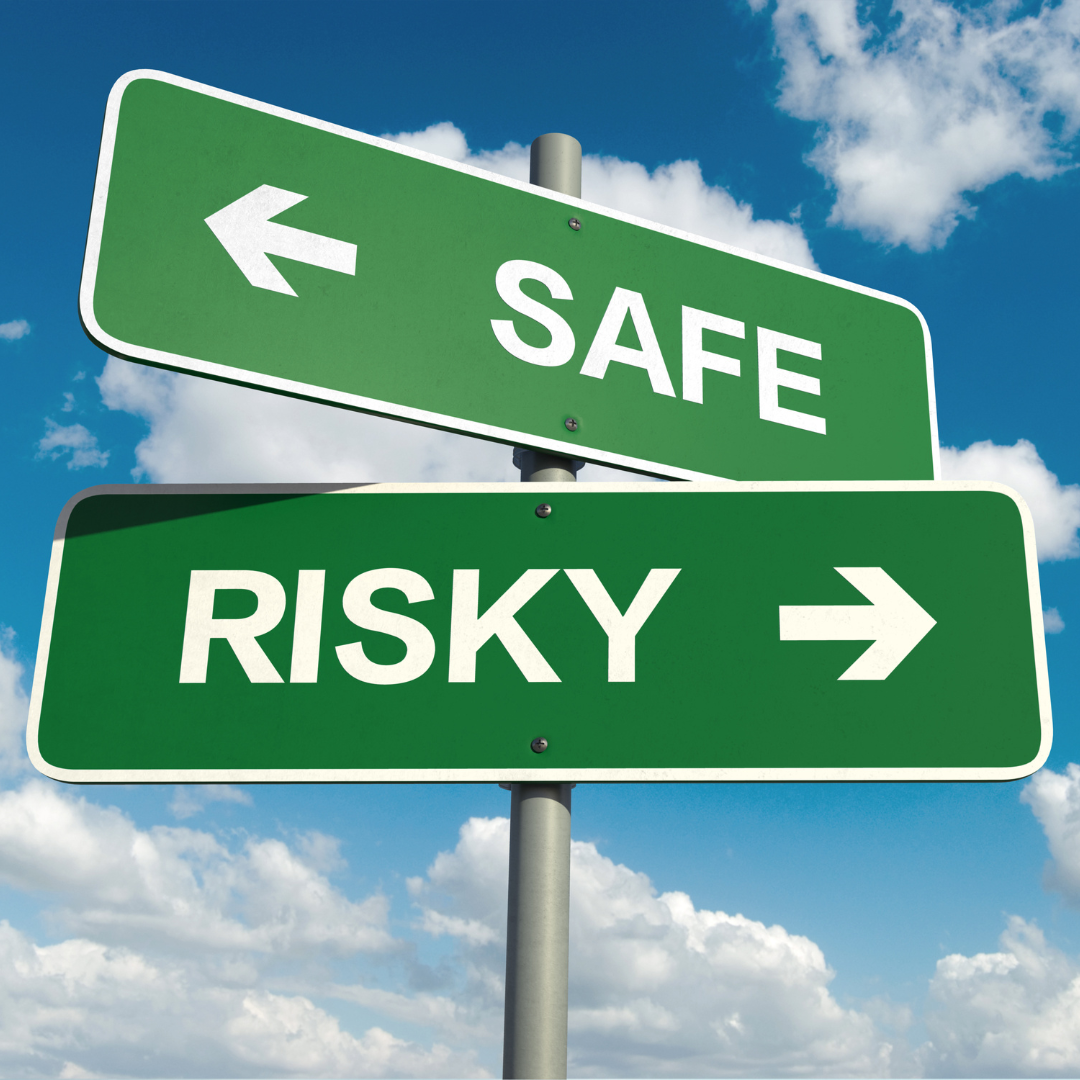Ask any group of adults about their most stand-out play memories and two things tend to feature most frequently – being outside, and activities which may be deemed to be ‘risky’. That statement is based purely on anecdotal ‘evidence’ by the way, but it is wholly backed up in several collections of anecdotes, with some notable examples being those that feature in Play Wales’s film ‘This is why play is so important’. My own stand-out play memories include a long (nylon?) washing line tied around a lamppost and strung across the road for skipping, as well as roller-skating down a pretty steep hill and around a blind corner at the bottom. Neither were risk-free! The washing-line skipping rope I’d still fancy now, though I suspect the increase in vehicle numbers would make it almost impossible, even on a no-through road. Adult me however would not be repeating the roller-skating experience! To ask ‘why?’ may seem like a silly question! But I’m not a risk-averse person. The opposite in fact – I am very passionate about the importance of risk in play and in learning.
Children grow through challenge – if they stick to the easy, comfortable tasks they will not grow or develop their skills or competencies in any way. This applies to so many areas of life – if we keep doing the same thing, we will keep getting the same result, or the flipside – if we don’t change anything, nothing will change. It applies to every aspect of child development.
Children need to experience a range of types and sensations of movement in order to achieve balance – proprioception (the ability of the body to sense where it is in space and to move without conscious thought, such as over different types of surfaces), and to challenge the vestibular system – turning upside down, swinging and twisting is all vital for development. In addition to this conditioning of the brain and body to allow strong, confident freedom of movement, these types of movement also help to develop the body’s core muscles, essential for being able to sit in a chair.

Schools have seen a rise in children literally falling off chairs in schools because they do not have the developmental capacity to sit still. So our children need to be able to run up and down hills. They need to play on undulating surfaces that may have trip hazards. They need to experience movement in a range of planes – around, up and down, side to side, backwards as well as forwards, to swing, to hang upside down, to climb, to jump and land, JUST for basic development. But as well as this, they also need to explore the outer limits of these types of movement.
How far can I jump? How high can I swing or climb? For the most part they, like us adults, will engage their internal judgement centre and feel a sense of where their limits are.
It is not only physical development that benefits from engaging in risky play. Facing risk engages children’s brains as they naturally begin to assess the risk and their own capabilities, they problem-solve as they assess how to tackle the challenge and they learn what types of feelings they associate with different levels of risk, forming a connection between body and mind, both cognitive and emotional. When they achieve these things, and successfully navigate a challenge, they learn that they can do hard things, if they need or prefer support with some things (and learn how to ask for the support they need), and thus develop self-esteem and resilience.
A lot of the current debate in the world of risky play is around the need to keep our children ‘as safe as necessary’, as opposed to ‘as safe as possible’. I find that also helps me as a parent and an adult in play and learning settings, to be able to conduct both planned and dynamic benefit:risk assessments – as safe as necessary means that I have removed all hazards that could cause harm while still facilitating the child/ren or young person/people to conduct their own risk assessments and tap into their feelings and levels of awareness.
So why then, do I not fancy repeating my childhood activity of roller-skating down a big hill and around a blind bend? As we grow, our awareness, understanding of and connectedness to our own abilities’ changes. I have not spent time practising my skating skills with any frequency.
As I am physically taller and with a higher centre of gravity, I now have further to fall and will take longer to heal – I am (painfully!) aware of this fact! I don’t have a personality that seeks risk and challenge in a physical way – I firmly believe that opportunities to play freely satisfied that developing urge, in the same way that providing opportunities to learn to use tools and fire at a young age demystifies these activities and takes away the potential thrill of anything that children are told is ‘too dangerous’. Mostly, common sense tells me that skating around a blind bend in a road is really not that sensible, and probably an adult should have suggested that to me when I was younger! But luckily, this was also a time when there were fewer cars on the roads, which significantly impacted the level of risk.
What I gained from this activity though – fun and exhilaration, physical skills of balance and coordination, social status with my peers, soaring confidence and the glowing pride from being able to say I did that!
As adults supporting children in risky play activities, we need to be able to keep at the front of our minds all of these benefits. Only then should we be looking at the hazards that may create risk in the activity and mitigating against those as best we can. If we stop the activity (in a bid to be ‘as safe as possible’) we remove all of the potential to learn and grow, but if we work with our young people to reduce the risk – and, crucially, engage them in this process – then we see magic happen, and our children will create memories that last a lifetime.
“We need to allow children to move in ways that make adults gasp” Angela Hanscom






One reply on “The importance of risk in childhood play experiences”
[…] this Play Scotland blog post (7 August 2024) which explores how children grow through the challenge that risky play outdoors […]